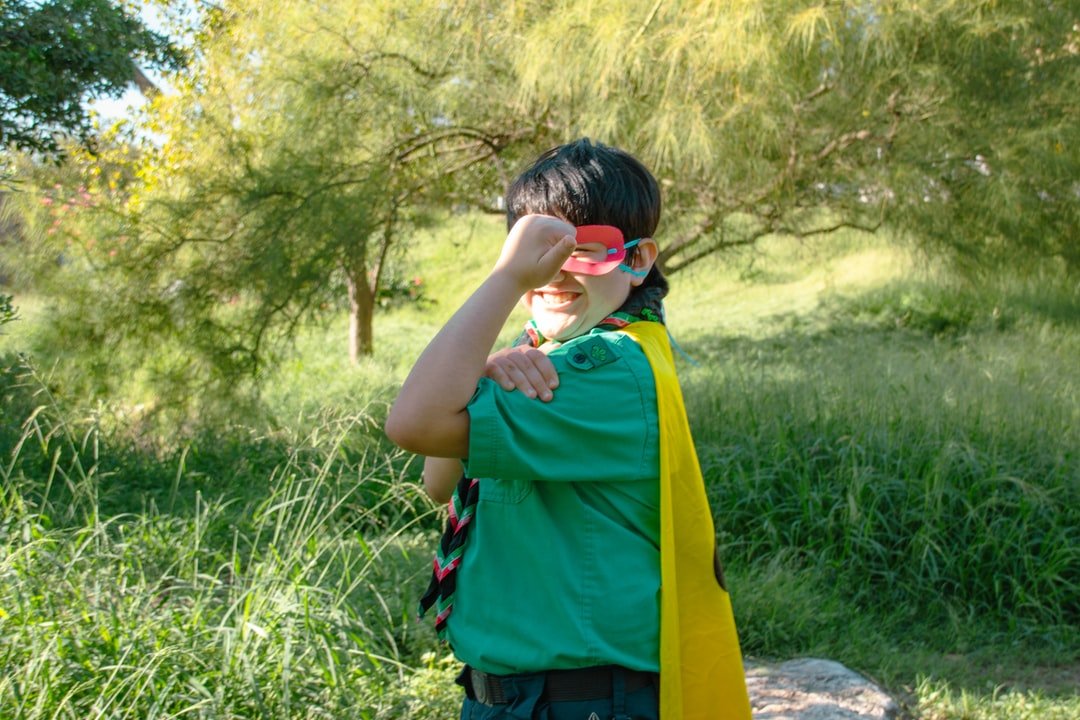Do you ever feel confused by conflicting advice on how to respond to an upset child? Do I validate their feelings? Do I give space? Do I stay close? What if they tell me to go away but it seems like they’re really distraught?!
In my experience, fortunately, or unfortunately, the answer is “it depends.” And when the answer is “it depends,” I find that visuals can be especially helpful. I give you… “the Rage Gauge.”
The Rage Gauge is a visual level system to better understand the development of an escalation. If your child has big feelings and big behaviors, the Rage Gauge may be a really helpful tool for you.
The premise of this system is that there are levels of behaviors that build on each other. Most of the time, children don’t go from happy and engaged to upset or enraged. They start at a little bit upset, and when their needs aren’t met, they get increasingly more upset. These transitions can happen quickly or may take some time. But, if we can identify the level, we can intervene with strategies that are most likely to be effective in the moment.
Here are the levels:
The Shift
The first level of an escalation is the Shift – this is where you notice a change – it may be subtle (a facial expression, a change in their pace) or it may be more obvious. When the shift happens, keep TABs: watch your Tone, your Affect, and Bring attention to something other than their emotions. Oftentimes during the shift, kids respond well to humor or a simple change in scenery or topic of conversation. If you can identify what caused your child to shift, you can talk about it once they are back to happy and engaged.
Low-level Upset
Low-level upset is the next level. This may include behaviors like whining, minor protesting, turning away from you, or other behaviors that tell you that your child is becoming upset. This is the point of the escalation in which validating feelings and giving options can be very helpful. Sometimes just feeling heard is enough to move children out of their frustrated feelings and back to calm.
You may have heard me talk about how I believe that feeling validation is overused. And it’s true – I see it too often recommended as a strategy for tantrum behavior. Just like as an adult, it would feel really patronizing for our partner or our boss to say something to the effect of, “I see you’re really mad about ___,” when we’re clearly upset. Once a child gets to an upset or dysregulated place, feeling validation will likely only make things worse.
Tantrum Behavior
When needs aren’t met during low level upset, tantrum behavior often ensues. Tantrums can look a bit different for each child, but often include crying, yelling, dropping to the floor, and intense protesting. It’s important to remember that in this level of upset, kids are often becoming less logical, and it’s not intentional. Remove them from other people if you can, in order to protect their privacy and their dignity. None of us want an audience when we’re very upset – our children shouldn’t have one either. Keep your language short and simple, remembering that when they are tantrumming, it’s difficult for them to process a lot of language meaningfully. This is when language like “first __, then __” can be especially helpful, because it’s short and direct.
Emotional Responding
Emotional Responding is the highest, most intense, level of escalation. This term was coined by Greg Hanley, a Behavior Analyst who has become well-known in the field for his work to support children’s dignity during ABA intervention. I love this term, because it again points to the lack of intention in a child – when they are upset, they have often lost some control of their behavior. Their poorly developed frontal lobes (the emotional control area in the brain) are not working well, and their behavior is more reactive than thoughtful. This level includes all of the behaviors mentioned in tantrum behavior, but also typically includes more physical aggression – hitting, kicking, throwing, etc. The yelling and crying may also be even more intense.
At this level it’s important to ensure safety. If you need a minute to regulate yourself, take it. Otherwise, remain in proximity to keep safe, and to communicate that you, as the adult, can handle the emotions. Model, without talking about them, coping strategies like deep breathing. Look for shifts in behavior that may indicate a child is calming – for example, a sad cry, often different than an angry, screaming cry, is a sign for many children that they are actually de-escalating. Once you see that de-escalation shift, you can shift your strategy too. For example, many children during de-escalation will accept a hug or another form of comfort from a trusted adult when asked.
If your child engages in what could be considered “emotional responding” on a regular basis, it would be important to ensure that you are getting support. Reaching out to your pediatrician would be an appropriate first step, as well as potentially checking in with school staff if your child is not already being supported at school.
If you would like a printable version of this visual with strategies all in one page, I’ve linked it for you here. If you found this helpful, be sure to follow me on Instagram at @childhood.empowered for more free education on childhood mental and behavioral health support.

View comments
+ Leave a comment